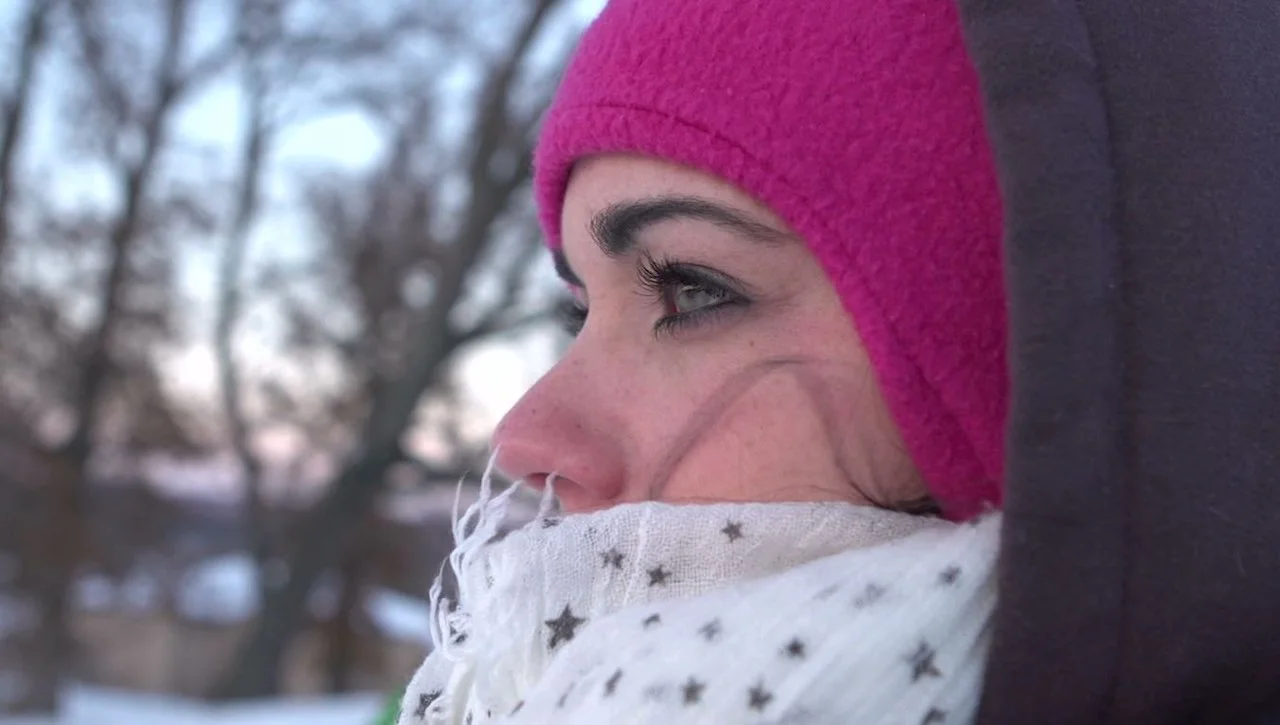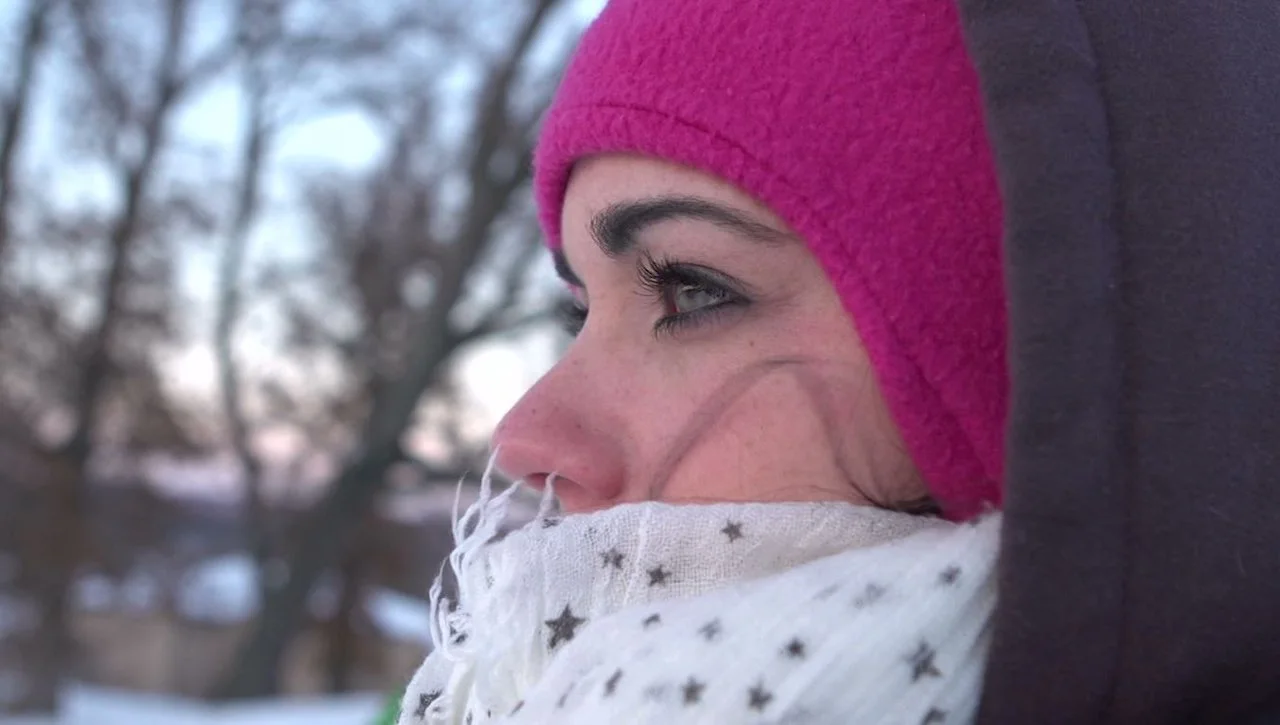
Are scarves, mittens really COVID-19 spreaders? Experts weigh in
It’s time to start thinking of winter accessories and how they can possibly contribute to the spread of COVID-19.
With temperatures beginning to fall below the freezing mark, gloves and scarves are making their way back into our wardrobe. While they’re essential in keeping us protected from the cold, experts say they could also be a means for spreading viruses, including the novel coronavirus.
“We have to be careful when it comes to mittens,” cautions Dr. Dasantila Golemi-Kotra, an associate professor at York University, whose research areas include molecular, cellular and chemical biology of microbial infections. “We can think of them as the frontliners, sort of touching everything and transferring whatever is found on the surfaces.”
RELATED: 'Great day for humanity': COVID-19 vaccine over 90% effective, says Pfizer
According to the World Health Organization, the main way COVID-19 spreads is by respiratory droplets among people who are in close contact with each other. However, others have also been known to contaminate the virus by touching contaminated surfaces, then touching their eyes, noses or mouths without having cleaned their hands first.
“Like mittens, the scarf is the one that will receive your respiratory droplets — but also other peoples’ respiratory droplets. Hence you need to be aware of it,” says Golemi-Kotra. “When you remove it, you have to be careful. Don’t just leave it anywhere. Consider it as potentially contaminated.”
WATCH BELOW: WHAT YOU FLUSH DOWN THE TOILET COULD HELP WITH THE FIGHT AGAINST COVID-19
Golemi-Kotra says the risk of contamination could be higher with our gloves rather than our bare hands, since we wash and/or sanitize our hands much more frequently than our gloves. In short: be mindful not to touch your face with your gloves.
HOW COVID SPREADS FROM MITTS
The biggest risk is our potentially contaminated gloves touching our face — that is how the virus could enter our body. For example, this could happen when your rub your runny nose with your glove or mitten.
“Think of it like this: whatever is on your glove, will end up on your nose,” says Golemi-Kotra.
However, not all researchers are jumping on the idea that gloves will be a COVID transmitter this season.
“On one hand, mittens are a soft fabric, and COVID won’t survive very long on that,” says Colin Furness, an infectious disease epidemiologist. “But on the other hand, mittens are touching surfaces where COVID might survive a lot longer. By in large, I think the thing to be most concerned about is shared air — and I don’t think we need to spend nearly as much time worrying about mittens and scarves.”
HOW CAN I KEEP MY WINTER ACCESSORIES CLEAN?
It is as easy as throwing them in the wash. This should be the winter that all Canadians start adapting a regular washing routine for winter gear.

The biggest risk is from our potentially contaminated gloves touching our face -- that is how the virus could enter our body. Photo: Videoblocks.
Also, think about how much you touch. A place like a bus or subway likely contains many contaminated surfaces. Not necessarily with COVID-19, but with germs in general. Simply touching less will help with keeping gloves cleaner.
“I have heard of some people microwaving their scarves and gloves to clean them. This is not a good idea and is not necessary or recommended,” Golemi-Kotra cautions.
The same issue has been discussed with masks, as well. A microwave is not a place for disinfecting fabrics -- and in fact, can even be a fire hazard. Your washing machine will be the safer and more effective bet.
DOES MY SCARF WORK AS A MASK?
Golemi-Kotra also cautions against using a scarf as a mask.
“The filtering capacity of a scarf is no match to a face mask. Also, it will not protect others from your own respiratory droplets.”
As well, if you are using your scarf interchangeably as a scarf and face mask, the potentially contaminated area would then rest right on your face. This puts you at a higher risk of contracting a virus.
To learn more about the potential risks surrounding winter accessories and the spread of COVID-19, please watch the video that leads this article.
Thumbnail courtesy of Videoblocks.











